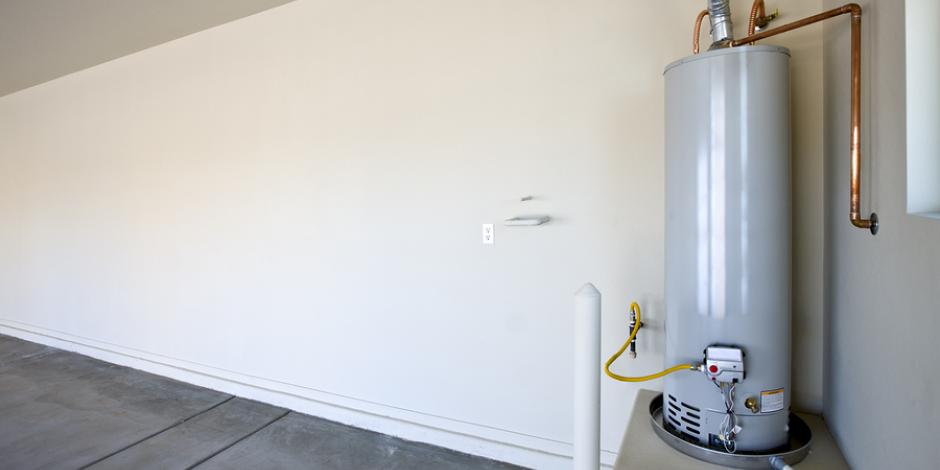Best Methods to Care for Your Home's Hot Water System EffectivelySteps to Successfully Care for Your Home's Hot Water System
Automated MarketingHow do you actually feel when it comes to Tips For Maintaining Your Hot Water Heater?

Warm water is vital for day-to-day comfort, whether it's for a refreshing shower or cleaning meals. To ensure your warm water system runs effectively and lasts longer, normal maintenance is vital. This post offers functional suggestions and understandings on exactly how to maintain your home's hot water system to stay clear of interruptions and costly repair services.
Introduction
Keeping your home's hot water system might appear challenging, yet with a few straightforward steps, you can guarantee it operates smoothly for several years to find. This overview covers everything from comprehending your warm water system to DIY upkeep tips and recognizing when to hire specialist help.
Value of Maintaining Your Warm Water System
Regular upkeep not just prolongs the lifespan of your warm water system but likewise guarantees it operates effectively. Disregarding maintenance can cause decreased effectiveness, greater energy expenses, and even premature failing of the system.
Signs Your Hot Water System Demands Upkeep
Knowing when your hot water system requires focus can prevent major concerns. Look out for indications such as irregular water temperature, unusual sounds from the heater, or rustic water.
Purging the Hot Water Heater
Flushing your water heater gets rid of debris build-up, improving effectiveness and lengthening its life.
Monitoring and Changing Anode Rods
Anode poles avoid rust inside the container. Inspecting and replacing them when worn is vital.
Facility Issues Needing Expert Aid
Instances include significant leakages, electrical problems, or if your hot water heater is consistently underperforming.
Routine Expert Upkeep Conveniences
Expert upkeep can consist of extensive examinations, tune-ups, and ensuring compliance with safety and security criteria.
Examining and Changing Temperature Setups
Changing the temperature level setups ensures ideal efficiency and safety and security.
Do It Yourself Tips for Maintenance
You can carry out a number of upkeep jobs yourself to keep your hot water system in leading condition.
Checking for Leaks
Frequently evaluate pipelines and links for leaks, as these can result in water damage and greater costs.
Recognizing Your Warm Water System
Before diving into maintenance tasks, it's valuable to understand the basic elements of your hot water system. Commonly, this includes the hot water heater itself, pipelines, anode poles, and temperature level controls.
Regular Monthly Maintenance Tasks
Regular monthly checks can aid capture small problems prior to they intensify.
Evaluating Stress Relief Valves
Testing the pressure safety valve guarantees it operates appropriately and protects against too much stress build-up.
Shielding Pipelines
Shielding warm water pipes reduces heat loss and can save power.
When to Call a Specialist
While DIY upkeep is helpful, some problems need expert knowledge.
Final thought
Regular maintenance of your home's warm water system is crucial for performance, durability, and expense savings. By adhering to these ideas and understanding when to seek professional help, you can make certain a reputable supply of hot water without unexpected interruptions.
Water Heater Maintenance Tips
Test the TPR Valve
Shut off the power and the cold-water supply valve. Place a bucket under the pipe connected to the temperature-pressure-release (TPR) valve on the top or side of the tank. (This valve opens if the tank pressure gets too high.) Lift the valve’s tab to let some water out, then let go. If water keeps flowing, drain the tank partway, unscrew the old valve with a pipe wrench, and install a new one. Check the Anode Rod
Put a hose to the tank’s drain cock and let out a few gallons of water. Now fit a 1 1/16-inch socket onto the rod’s hex head on top of the heater (or under its top plate) and unscrew the rod. If it’s less than ½ inch thick or coated with calcium, buy a new one, wrap its threads with Teflon tape, put it back in the tank, and tighten securely. Use this segmented rod if headroom above the tank is limited. Drain the Tank and Wash Out Sediment
Drain the remaining water in the tank into the bucket, then stir up the sediment on the tank’s bottom by briefly opening the cold-water supply valve. Drain and repeat until clean water comes out of the hose. Close the drain cock, refill the tank, and turn its power back on. Adjust the Temperature
Find the temperature dial on the side of the tank and unscrew its cover. Adjust the dial to 120 degrees using a flathead screwdriver. For every 10 degrees the temperature is lowered, you can expect to save up to 5 percent in energy costs. Turn the water heater off or the thermostat down to its lowest setting if you plan to be away from home for more than three days. Insulate the Pipes
Buy some self-sticking 3/8-inch-thick foam pipe insulation that matches the pipes’ diameter. Slide the foam over the hot-and cold-water pipes as far as you can reach. Insulating the cold-water pipe prevents condensation in summer. Peel the tape and squeeze the insulation closed. If the pipe is 6 inches or less from the flue, cover it with 1-inch-thick unfaced fiberglass pipe wrap. https://www.thisoldhouse.com/plumbing/21016402/how-to-maintain-a-water-heater

As a devoted reader about What Kind of Maintenance Do Water Heaters Need?, I figured sharing that piece of content was essential. Those who enjoyed our blog entry please make sure you remember to pass it around. We cherish your readership.
Call Today